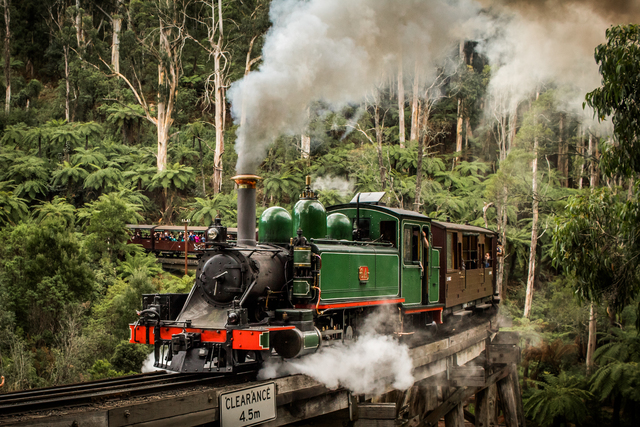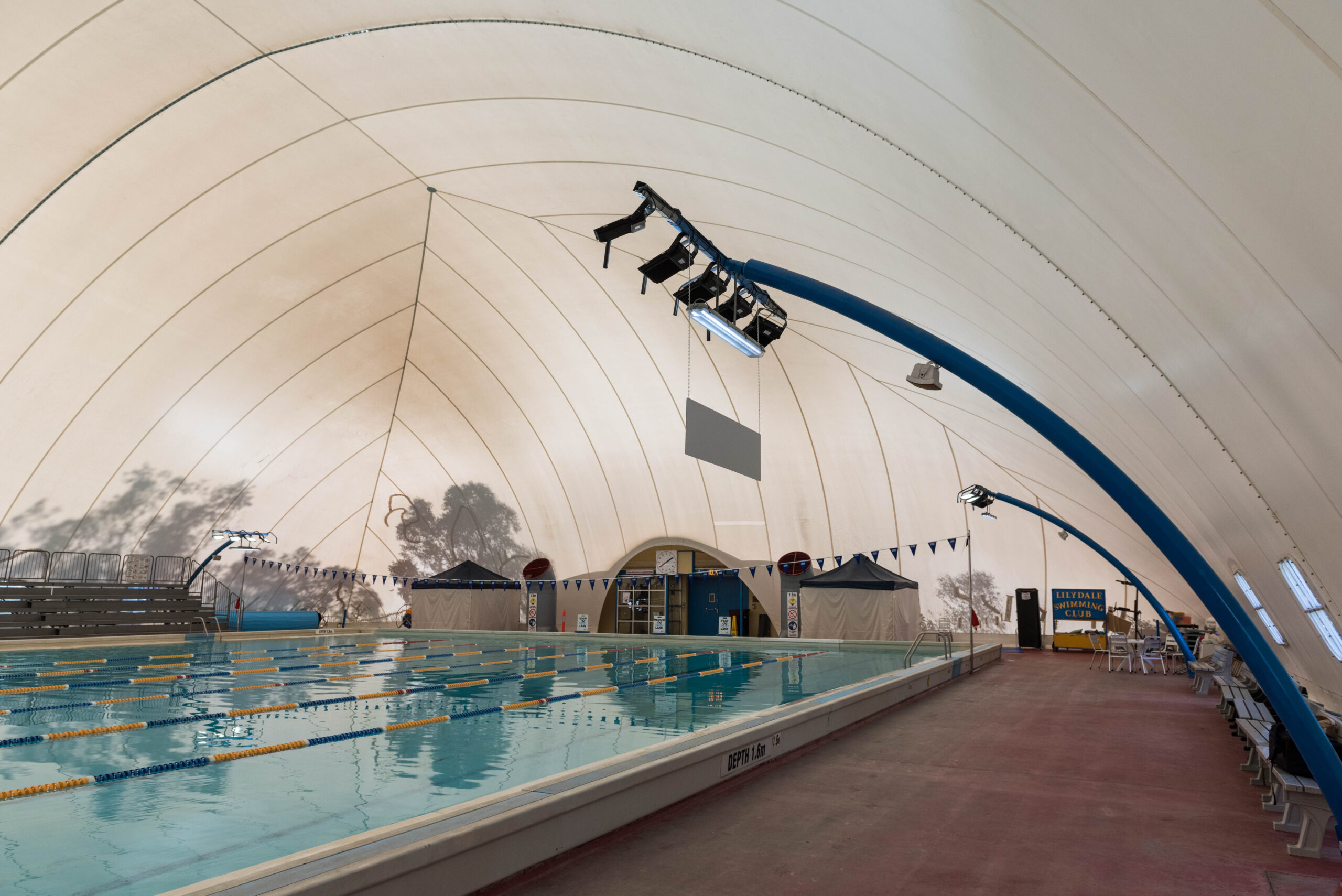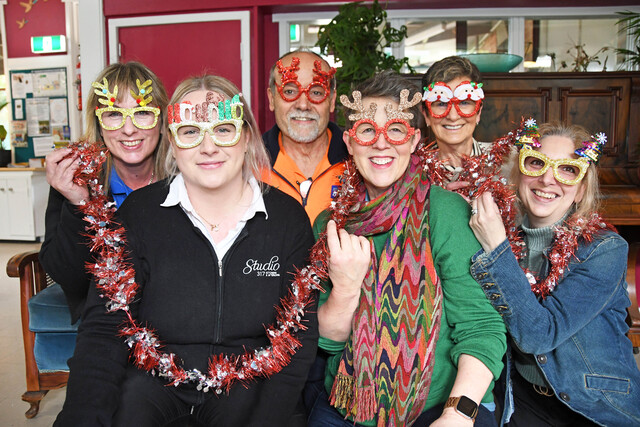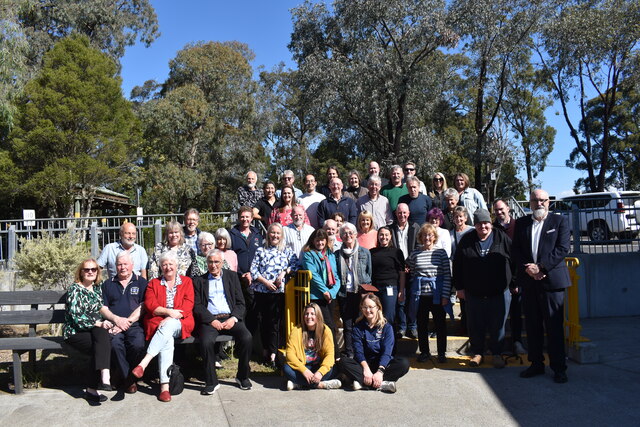THANKS for featuring long-time Hallam resident Pauline Saunders in last week’s News.
What a wonderful ambassador for Melbourne’s so-called “least liveable suburb”!
Like many residents in the City of Casey I am bewildered by the results of the Liveable Melbourne study, published by The Age’s Melbourne Magazine on 25 November.
This study reminds me of another survey conducted two years ago.
The results of this nation-wide ‘happiness’ study, featured on Channel 7’s Today Tonight program, found that Kilsyth tops the happiness list, while Endeavour Hills residents are supposedly the unhappiest in Australia.
When interviewed for the program, the Endeavour Hills family lamented living close to powerlines.
The problem lies more with the survey, since the views of a small sample group were generalised to reflect the views of a whole suburb.
A small fraction of Endeavour Hills residents live close to powerlines. Enough said!
Of interest, results of the latest liveability survey show Kilsyth ranked 278, and Endeavour Hills 279 of the 214 suburbs. If we believe the validity of this survey, then liveability has very little to do with happiness, and vice-versa. But I’m not so sure.
All surveys are flawed by prejudice (selection of criteria) and generalisations. The Age survey is no exception. For example, of the 14 key criteria for liveability, ‘proximity to the sea’ heads to list.
I can understand the attraction of water (I often walk the Beach Trail) but why limit this key criteria to ‘sea’ when you’ve got rivers, wetlands and lakes close to hand. Lysterfield Lake in particular is a drawcard for local recreational pursuits on water and land?
Besides, living by the sea has its problems. Houses and cars, indeed anything metallic, will rust faster. A close look at many of the homes in Aspendale is proof of this. Longer term, you’ve got the real threat of rising sea levels due to climate change. No thanks.
Returning to the fine example set by Pauline Saunders, I wonder why this survey fails to include “sense of community” as a key criteria.
What these studies tend to ignore (at their peril) is the power of people to forge communities. A sense of belonging, neighbourhood and local identity are paramount in terms of liveability.
I guess it’s all too hard to quantify for survey purposes, which leaves us with a skewed survey.
Given our multicultural society, I find the key criteria “amusing”. Here we have proof that weight is still given to traditional “white” cultural pursuits (arts, theatre, etc) when so many migrant families love nothing more than outdoor picnics and barbecues. I congratulate them for their familial sense of culture.
Then there’s the problem of pollution, which doesn’t rate a mention in terms of key criteria.
No, this latest survey has a political agenda to the Postcode 3000 Project that started nearly 20 years ago. Back then, as now, Melburnians are being lured to live and work in the CBD.
And while the City of Casey forges ahead as one of Australia’s fastest growing residential areas, the high-rise apartment buildings in the CBD and Docklands precinct struggle to attract buyers and tenants.
So in spite of what all these surveys would have you believe, the proof really is in the pudding.
Jill Dawson,
A proud and happy Endeavour Hills
resident for 28 years.
Beauty’s in the eye
Digital Editions
-

Free rides for locals at Puffing Billy’s 125th anniversary
Puffing Billy, Australia’s most beloved heritage train and one of the world’s best preserved steam railways, is celebrating its 125th anniversary with a special Community…





